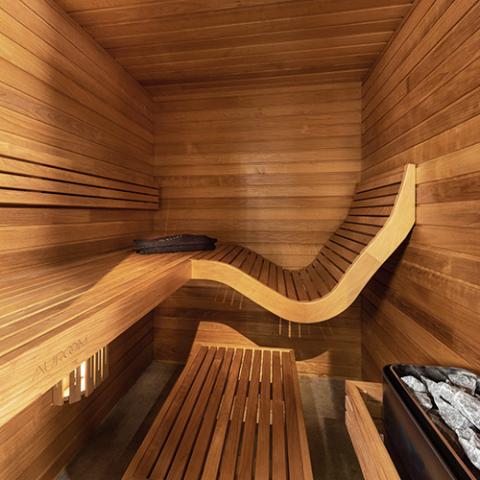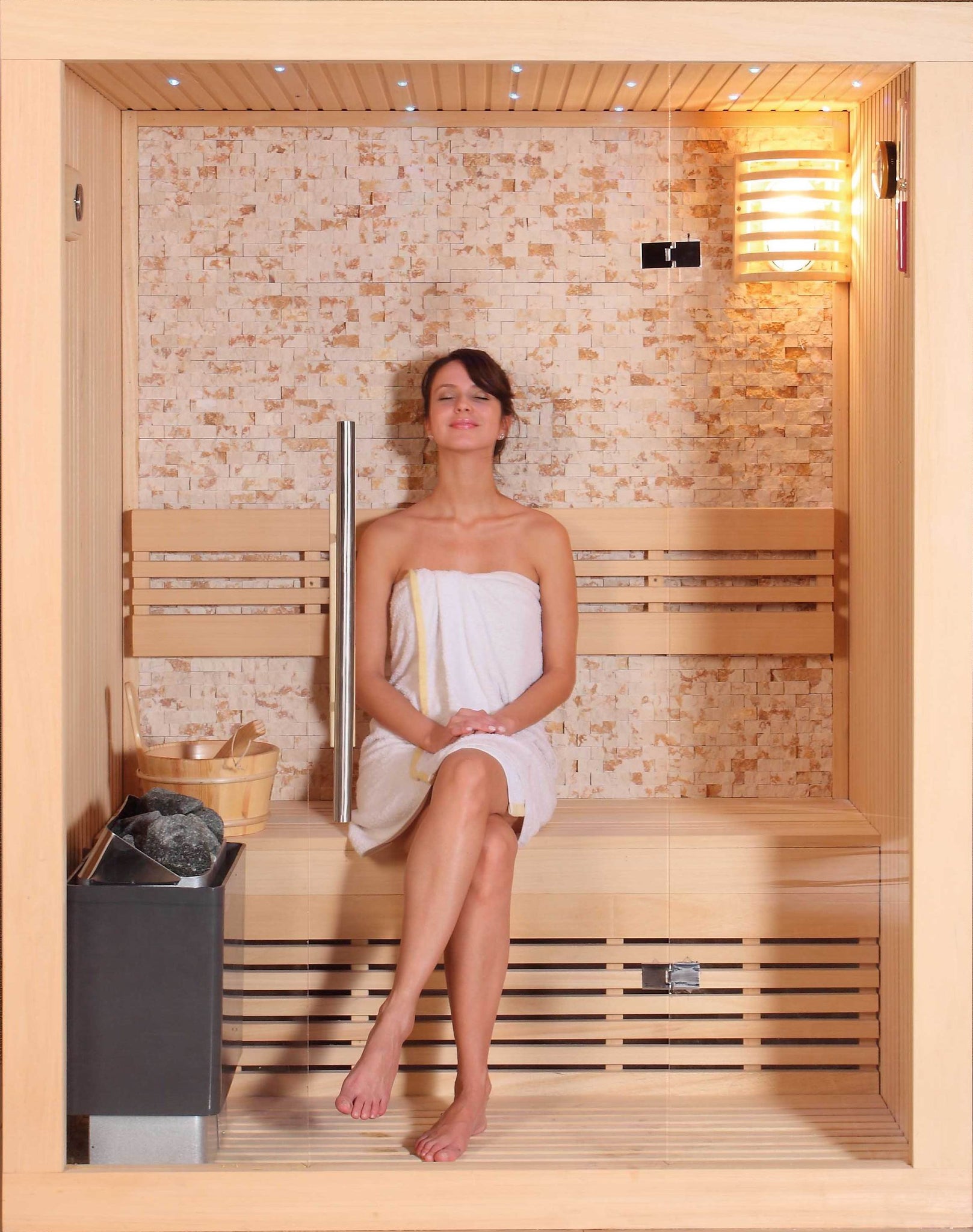Traditional Sauna Fundamentals Explained
Traditional Sauna Fundamentals Explained
Blog Article
The Traditional Sauna PDFs
Table of ContentsThe Basic Principles Of Traditional Sauna The Of Traditional SaunaFacts About Traditional Sauna UncoveredSome Known Questions About Traditional Sauna.Facts About Traditional Sauna Uncovered
The majority of the weight lost in a sauna is water loss and is re-gained upon rehydrating. Nevertheless, undoubtedly sauna can be a vital part of a healthy weight management program. To take a look at the differences between traditional and IR saunas, I will certainly separate these right into proven, theoretical, and made differences.Hence, the best point in the saunawhich is at the ceiling directly above the sauna heateris usually between 185 and 190 F. Claims that a typical sauna exceeds 200 F is simply not true and not applicable for electrical saunas marketed in the United States. The temperature level for a far-infrared sauna is normally set between 120 and 140 F; however, unlike the traditional sauna, the objective in and IR space is not to accomplish a high temperature.

When a conventional sauna has been effectively heated, the sauna wall surfaces are warm, the air temperature level has attained set temperature and the rocks are extremely heated. As an interesting side note, the warmed wall surfaces and the rocks are emitting far-infrared warmth, integrated with the heated air, to produce an "enveloping warm".
Unknown Facts About Traditional Sauna
When the heat is accomplished, the components cycle on and off to maintain the high temperature. Most standard sauna customers enjoy pouring water over the rocks to produce vapor to elevate sauna moisture levels. The advantages of putting water over the rocks consist of: making the room a lot more comfortable, moistening the nasal passages, and enabling the usage of aromatherapy by blending essential oils with the water.

When the power gets in the body, it creates the body temperature level to raise and inevitably causes sweating. In an infrared sauna it is very important for the emitters/heaters to stay on nearly regularly. Considering find out here that there is no mass of rocks to maintain warm, the sauna will cool down if the emitters turned off.
Little Known Questions About Traditional Sauna.
As mentioned over, the sauna bather in an infrared space wants to place himself in front of running emitters to get optimal take advantage of the warmth. The heating time for the 2 spaces can be very various, depending on exactly how the rooms are made use of. For a standard sauna, a bather should permit 30-40 minutes for the room to accomplish a desired temperature level and to correctly pre-heat the rocks.

A well built sauna will commonly achieve a temperature of 150-160 F in regarding 30-40 mins. linked here For hotter temperature levels, the space might require to heat for a longer period.
To some, 15 minutes was "lost" while the infrared power warmed the timber panels instead of heating a body, while others find a pre-heated room to be much more comfortable and think an elevated starting temperature is needed to start sweating. The length of suggested use for every space is around the exact same (10-15 mins per session); nevertheless, because of the lower air temperatures and the capability to feel the effects of infrared heat faster than a traditional sauna, it is not uncommon for an individual to invest a total amount of 20-30 mins in an infrared sauna.
The Traditional Sauna Statements

The average expense per kWH of electricity in the U.S. is about $0.11, so a 4.5 kW heater will set you back approximately $.50 to run for one hour, if the heating unit runs continually for one hour. Usually a sauna heating system will certainly run for 75% of the very first hour and 50% of succeeding hours on since the aspects cycle once the set temperature level is attained.
A two person far-infrared space is normally literally smaller sized than a traditional sauna, typically concerning 4' x 4' or smaller sized. The IR heating unit is generally 1.5-1.7 kW utilizing a 120 volt 15 amp plug-in solution. Since the space can be used sooner than a sauna room, we will think the area is made use of for to of an hour including warm up time.
Finally, there is a rarely gone over distinction in the social experience between both spaces. While our culture has lost some of the social benefit of the traditional sauna experience, it can be very socially rewarding (Traditional Sauna). From family time in the sauna, to heart-felt conversations with better halves, to sauna partiesthe traditional sauna experience can lead to intimate socializing
Some Known Details About Traditional Sauna
The majority of higher end infrared rooms consist of colored light treatment, stereo and full-glass fronts. The size of a lot of spaces enable 2 individuals to conveniently utilize the area, while some designs may enable for a 3rd or 4th person to use the area. Custom-made infrared rooms are additionally offered, with area sizes readily available as much as 7' x 8' x 7' high.
Report this page